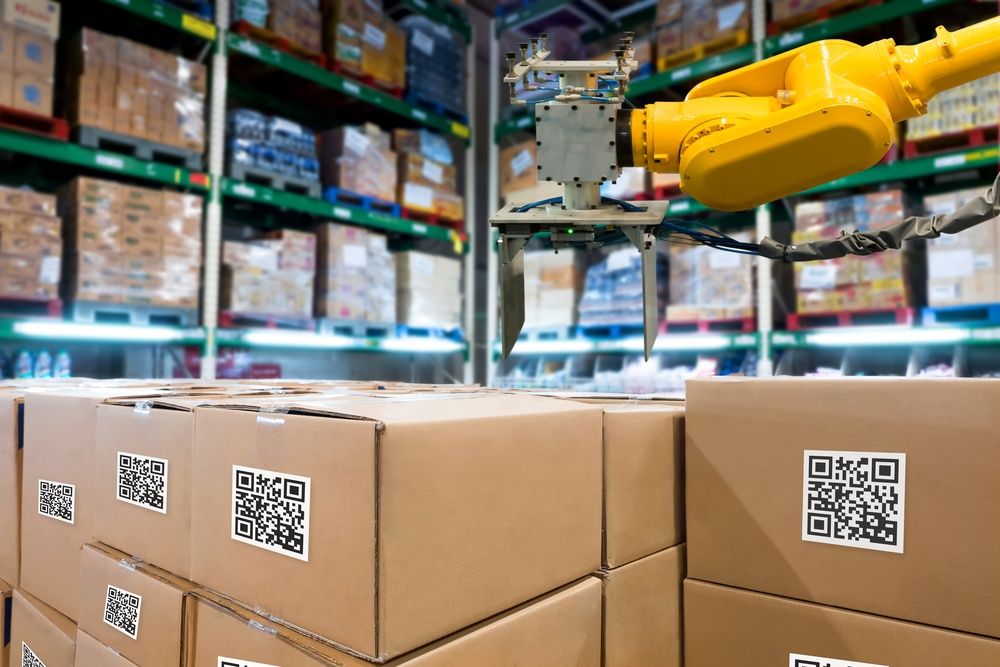Preparing for Wearables in the Workplace: What IT Teams Need to Know
As wearables enter the workplace, CIOs and their IT teams must prepare for the attendant cybersecurity challenges — and the opportunities to capture...
2 min read
 Craig Badrick
:
Oct 5, 2018 6:43:18 AM
Craig Badrick
:
Oct 5, 2018 6:43:18 AM

The IoT has the potential to transform the way we do business, but enterprises need to ensure their infrastructure is prepared to capitalize on the opportunity.
The Internet of Things (IoT) remains one of the most promising and ballyhooed technologies of the moment. Expected to reach up to $457 billion in value by 2020, the IoT is already the biggest craze in consumer goods, as products like the Apple Watch, Smart Locks, and Smart Thermostats have become must-have items for many of today’s consumers.
But while media attention may be focused on IoT-powered consumer products, the technology also has the potential to transform the way that enterprises function, reduce costs, increase operational efficiency, and make early adopters of the technology true innovators in their industries. Companies across all verticals have the potential to see their costs plummet and their productivity skyrocket with the implementation of IoT-based technologies — but only if they’re prepared to fully leverage what they have to offer.
The large-scale implementation of IoT technologies promises to transform industries as wide-ranging as manufacturing, construction, energy management, and agriculture, while making the global supply chain more efficient than ever before.
To use one example, sensor-embedded equipment can communicate data about parameters such as the temperature and utilization of machines, internally change settings to optimize performance, and protect against unforeseen changes.
Companies can use IoT devices to collect valuable and previously unavailable data, uncovering insights that can improve performance and operations. Telematics allow companies to capture information on the location and conditions of their transportation equipment, and manufacturers can gather data on how their products’ features are used, in turn helping them refine their offerings and match them to consumer needs.
Further, agricultural enterprises can collect data about factors such as temperature, wind speed, livestock, soil content, rainfall, and humidity to reduce risk and waste and manage crops more efficiently. One manufacturer even plans to create an elevator that uses data to create a more efficient experience for riders over time.
The bottom line: you’d be hard-pressed to find an industry that can’t significantly benefit from implementing IoT-based technology. A McKinsey survey found that 62 percent of company leaders surveyed believe that the IoT’s impact will be very high or transformative for their industry.
That’s all well and good, but using the technology correctly will require businesses to close critical gaps in their existing capabilities.
According to the McKinsey survey, companies are currently struggling to fully leverage the capabilities of IoT devices. 70 percent of survey respondents haven’t yet integrated IoT devices into their existing workflows, and respondents also noted that they were failing to identify end use cases for enterprise IoT applications and implement end-to-end optimization with the IoT.
The survey mentions an enterprise’s tendency to focus on just one solution at a time as one potential reason for the slow adoption of IoT technologies. With such a narrow focus, these companies could have difficulty determining how any one given solution would interact with current and future workflows as they adopt more of this innovative tech.
Unfortunately, many enterprises simply don’t have the expertise necessary to securely incorporate IoT solutions from end to end, despite the fact that a majority believe in its transformative potential. That’s why many have chosen to partner with networking experts like Turn-key Technologies (TTI).
TTI has worked with a huge roster of large companies to design, maintain, and future-proof their networks, giving them early access to the benefits of new technologies and helping stay ahead of the competition. With nearly three decades of relevant experience, TTI has the know-how necessary to help enterprises transition seamlessly to the brave new world of the IoT.

As wearables enter the workplace, CIOs and their IT teams must prepare for the attendant cybersecurity challenges — and the opportunities to capture...

Small and large companies alike are embracing digital transformation to gain a competitive edge. Here are three best practices to help your...

Tomorrow’s office environments will be defined first and foremost by IoT devices, but enterprises won’t be able to make good use of them without...